Easy Living
Easy Living
Easy Living (1937) is a screwball comedy film, directed by Mitchell Leisen. Jean Arthur and Ray Milland shine in this comedy written by Preston Sturges. Mary Smith (Arthur) is a poor working girl who literally has a fortune dropped in her lap when a wealthy financier (Edward Arnold) tosses a sable coat out a window and it lands on her. Everyone automatically assumes she's his mistress, and soon her fairytale-like rags-to-riches lifestyle threatens a very real romance with an inept waiter (Milland). It's a "delightful comedy" full of misunderstandings that showcases high-society slapstick at its best!
Easy Living
Ralph Rainger and Leo Robin composed the song "Easy Living" for the film, and it has since become a jazz standard.
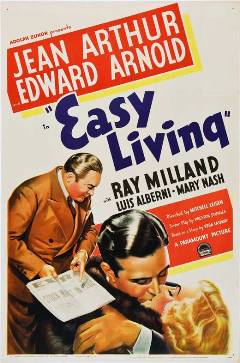
Easy Living, 1937
Ralph Rainger won a scholarship to a prestigious music school but at the behest of his parents left after a year to work his way through law school, playing piano and accompanying vaudeville shows at night. His heart wasn’t in his law practice so he left in 1928 to co-lead a Broadway pit orchestra. In 1930 he wrote a show hit with Leo Robin, beginning a prolific partnership that would last until his untimely death in a plane crash.
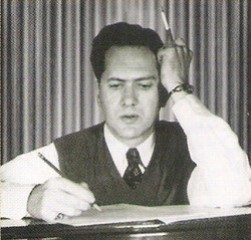
Ralph Rainger
Leo Robin studied law and drama, harboring a secret ambition to be a playwright, but he became a first-rate lyricist instead. In 1928 Robin went to Hollywood. He wrote “Louise” (1929) and “My Ideal” (1930), both famously sung by Maurice Chevalier in films. Robin’s songs were ten times nominated for Oscars.
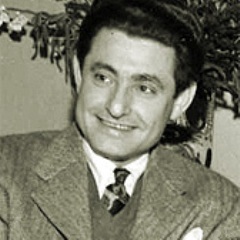
Leo Robin
The songwriting pair took off for Hollywood and wrote for over 100 films between 1930 and 1942. But the duo’s most memorable song, “Easy Living,” was written in 1937 and has maintained its popularity to this day.
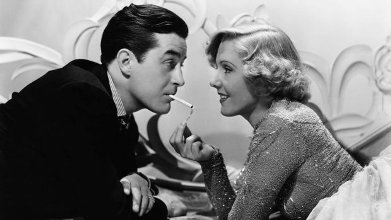
Ray Milland and Jean Arthur
“Easy Living” is a slow ballad with straightforward lyrics that declare just how wonderful life can be when living for someone you love.
“Easy Living” did not immediately garner much public attention because it was only performed instrumentally in the original film. However, Billie Holiday recorded it with Teddy Wilson’s Orchestra on June 1, 1937, and their version stayed on the charts for two weeks in July, 1937, peaking at fifteenth position.
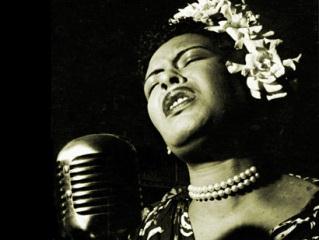
Billie Holiday
The song has been recorded by many jazz performers.
Tenor saxophonist Wardell Gray lived a tragically short life but made a mark on postwar transitional jazz. On his 1949 recording session (which produced his famous original “Twisted”), Gray works his magic on a ballad version of “Easy Living.” He’s accompanied by alto saxophonist Charlie Parker’s rhythm section of Al Haig (piano), Tommy Potter (bass) and Roy Haynes (drums).
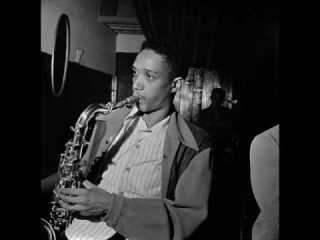
Wardell Gray
In the 1950s, Bill Evans became the most widespread influence on jazz pianists since Bud Powell a decade before. This ballad performance from his debut album shows that his lush, modern sense of harmony and his crisp, flowing right hand lines were already well-developed at the beginning of his recording career as a bandleader.

Bill Evans
Billie became identified with this song. Buster Bailey opens the first few bars of the song on clarinet, and Lester Young and the others play soulfully behind Ms. Holiday. Billie Holiday’s classic and stunningly emotional rendition of “Easy Living” (Strange Fruit: 1937-1939) has become the point of reference for many people who have taken on the tune since then.
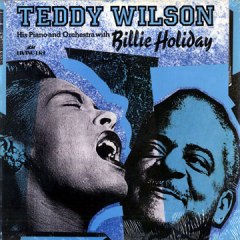
Billie Holiday and Teddy Wilson
Billie Holiday - Easy Living
Living for you is easy living It's easy to live when you're in love And I'm so in love There is nothing in life but you I never regret the years that I'm giving They're easy to give when you're in love I'm happy to do whatever I do for you For you maybe I'm a fool But it's fun People say you rule me with one wave of your hand Darling, it's grand They just don't understand Living for you is easy living It's easy to live when you're in love And I'm so in love There's nothing in life but you
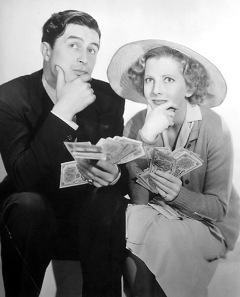
Easy Living
Last Updated (Friday, 20 March 2015 13:50)








